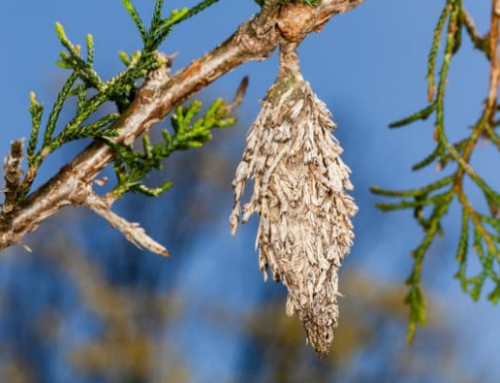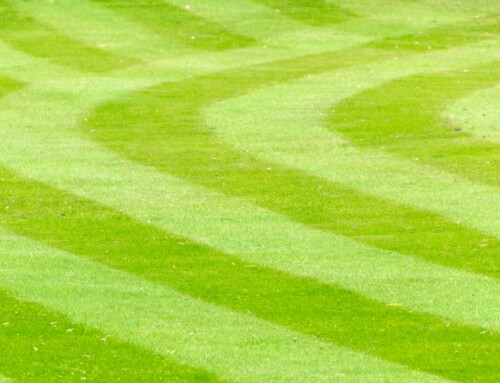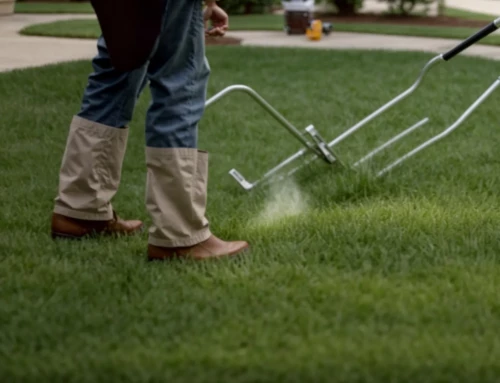Our first thoughts as the fall season enters is Halloween costumes, and then planning Thanksgiving dinner. Christmas is coming next, and it’s time to dig out the winter clothes. It isn’t just about getting through the holidays and protecting you from the cold, though.
It’s amazing how much preparation your landscape and lawn needs to survive each season. Sometimes it feels as though you need to be a professional to keep your outdoor area looking great. The good news is, you don’t need to be a professional, because there are actual professionals out there that can do all the hard work for you.
As the winter chill begins to creep into the fall air, it’s time to think ahead when it comes to your landscaping Kansas City. The winter might be off season, but fall is when you can prepare your lawn in advance for the cold months. You’ll create a landscape that blooms come spring, creating a stunning landscape to your home.
Spending your evenings and time off in a wonderful outdoor space is part and parcel of spring and summer weather, especially in Kansas City. The only way to ensure that time is truly enjoyable is to have a well-crafted and expertly designed landscape. Which is why important you get things right now, to fully enjoy the benefits later.
There are several tips to consider when preparing your Kansas City landscaping for winter, and when you review the list you will see why bringing in the professionals is vital.
Flower and Vegetable Gardens
It’s the perfect time to remove spent annual vegetables and flowers, and compost any that have insect infestations or disease.
It’s time to weed the garden, and cut the perennials back to the ground and then layer with compost.
Annual gardens should be given organic matter, whether it’s chopped leaves, manure, or glass clippings. Mix the amendment into the top layer of your soil.
Tender perennials, such as lavender or rosemary, by using shredder bark for mulching, or alternatively, transfer them to pots and place them indoors.
For tender summer bulbs, like cannas and dahlias, you should dig them up and store them carefully. While hybrid roses should be protected by using rose cones or by piing bark mulch over the crown after a hard freeze.
For container plants relocate them to a safe area, this is particularly important when frost is threatening.
Trees and Shrubs
Protect your trees (particularly the young ones) from sunscald by wrapping the trunk. Additionally, protect your evergreen shrubs from the cold and driving wind by placing four stakes in the soil to wrap burlap around the plant.
If you have shrubs under eaves where snow and water fall off the roof then create wooden tepees over them.
Many species require pruning while dormant, this is to prevent disease. Additionally, leafy, spruce and evergreen trees.
Once the temperatures reach freezing, perennial stems need cut to an inch or two from the ground. Later in the season comes mulching to protect flowerbeds from hard freezes. It’s also the perfect time for planting- the cool air and warm soil is the ideal time for planting shrubs and trees. This allows for them to settle in and prepare for spring growth.
Lawns
Your lawn will survive the winter chill and bounce back better than ever in spring if you aerate while it’s still green. Aerating in the fall breaks up the dry and compacted soil, allowing water and nutrients to reach roots. This offers your lawn breathing space as it transitions in the winter season. Additionally, hand watering your lawn during dry winter months’ lead to a lawn that gets greener faster come spring.
Once you’ve aerated, it’s time for seeding. This will help fill in the bare spots resulting in a thicker, greener lawn. In addition to this, by introducing a variety of grass types your lawn is less susceptible to disease. It’s also the perfect time of year for soil conditioner, to eliminate brown spots. Controlling your weeds in fall is more effective than summer spraying.
Rather than bagging or raking leaves to cart off, instead shred the leaves with a mower to create a layer over your grass. The leaves will break down and add nutrients to the soil.
During the winter months watering, should be done every three to four weeks, provided temperatures are above freezing. This is only if the winter months are dry, which are typically November, and January through March in Kansas City.
Fertilizing in fall increases soil productivity, increasing the availability of nutrients and encourages root growth. This is due to the fact that as the soil cools down it becomes uniformly moist, and shrub and tree growth resumes in fall. Those that have been fertilized properly have a healthy productive root system, leading to fewer dead branches and an increase in spring growth.
It’s also the perfect time to winterize your sprinkler system. This should be completed before the first freeze, to help prevent issues leading to costly repairs. The process involves using compressed air to push out the remaining water and moisture from the system. This prevents it from freezing over and causing damage to the system.
Summary
So, while winter is technically the down season, all the action in the run up to it to ensure the nature surrounding your home or office building is ready to batten down the hatches.
So much is involved with keeping your landscape shipshape, so, it’s plain to see there’s a lot of Kansas City landscaping considerations to make. Which is why using professionals are vital to the process.
We value the craftsmanship behind garden design and maintenance, and with our vast experience we understand how to strike a balance between the stylish and the functional. Our garden designers are experienced and highly trained, prepared to work with one on one to ensure that your needs are addressed in both design and fall preparation. Time is running out, contact us to arrange a consultation today.






